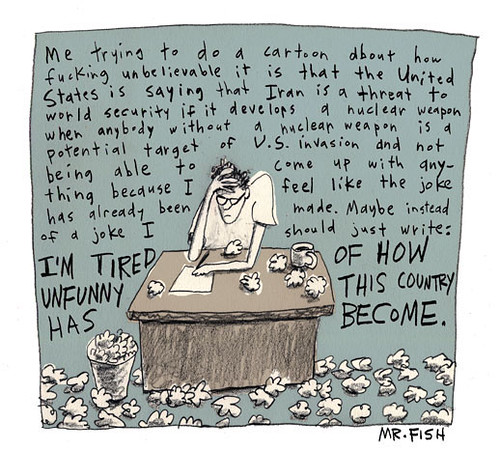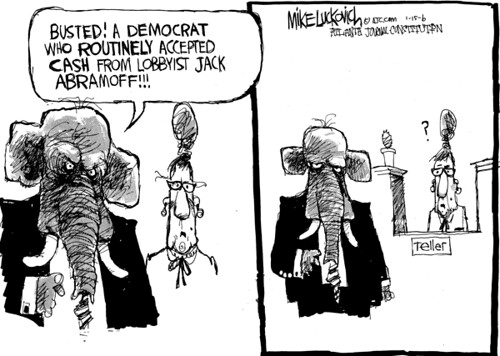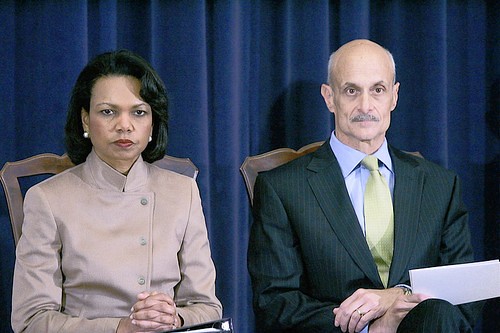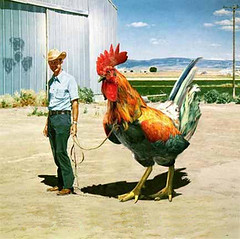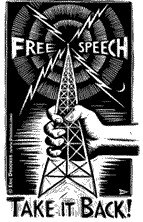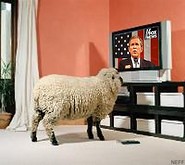"We have all heard it: a woman spills McDonald's coffee, sues and gets $3 million. Here are the facts of this widely misreported and misunderstood case:
Stella Liebeck, 79 years old, was sitting in the passenger seat of her grandson’s car having purchased a cup of McDonald’s coffee. After the car stopped, she tried to hold the cup securely between her knees while removing the lid. However, the cup tipped over, pouring scalding hot coffee onto her. She received third-degree burns over 16 percent of her body, necessitating hospitalization for eight days, whirlpool treatment for debridement of her wounds, skin grafting, scarring, and disability for more than two years. Morgan, The Recorder, September 30, 1994. Despite these extensive injuries, she offered to settle with McDonald’s for $20,000. However, McDonald’s refused to settle. The jury awarded Liebeck $200,000 in compensatory damages -- reduced to $160,000 because the jury found her 20 percent at fault -- and $2.7 million in punitive damages for McDonald’s callous conduct. (To put this in perspective, McDonald's revenue from coffee sales alone is in excess of $1.3 million a day.) The trial judge reduced the punitive damages to $480,000. Subsequently, the parties entered a post-verdict settlement. According to Stella Liebeck’s attorney, S. Reed Morgan, the jury heard the following evidence in the case:
1. By corporate specifications, McDonald's sells its coffee at 180 to 190 degrees Fahrenheit;
2. Coffee at that temperature, if spilled, causes third-degree burns (the skin is burned away down to the muscle/fatty-tissue layer) in two to seven seconds;
3. Third-degree burns do not heal without skin grafting, debridement and whirlpool treatments that cost tens of thousands of dollars and result in permanent disfigurement, extreme pain and disability of the victim for many months, and in some cases, years;
4. The chairman of the department of mechanical engineering and bio-mechanical engineering at the University of Texas testified that this risk of harm is unacceptable, as did a widely recognized expert on burns, the editor in chief of the leading scholarly publication in the specialty, the Journal of Burn Care and Rehabilitation;
5. McDonald's admitted that it has known about the risk of serious burns from its scalding hot coffee for more than 10 years -- the risk was brought to its attention through numerous other claims and suits, to no avail;
6. From 1982 to 1992, McDonald's coffee burned more than 700 people, many receiving severe burns to the genital area, perineum, inner thighs, and buttocks;
7. Not only men and women, but also children and infants, have been burned by McDonald's scalding hot coffee, in some instances due to inadvertent spillage by McDonald's employees;
8. At least one woman had coffee dropped in her lap through the service window, causing third-degree burns to her inner thighs and other sensitive areas, which resulted in disability for years;
9. Witnesses for McDonald's admitted in court that consumers are unaware of the extent of the risk of serious burns from spilled coffee served at McDonald's required temperature;
10. McDonald's admitted that it did not warn customers of the nature and extent of this risk and could offer no explanation as to why it did not;
11. McDonald's witnesses testified that it did not intend to turn down the heat -- As one witness put it: “No, there is no current plan to change the procedure that we're using in that regard right now;”
12. McDonald's admitted that its coffee is “not fit for consumption” when sold because it causes severe scalds if spilled or drunk;
13. Liebeck's treating physician testified that her injury was one of the worst scald burns he had ever seen.
Morgan, The Recorder, September 30, 1994. Moreover, the Shriner’s Burn Institute in Cincinnati had published warnings to the franchise food industry that its members were unnecessarily causing serious scald burns by serving beverages above 130 degrees Fahrenheit.
Mythbuster! McDonald's coffee case:

